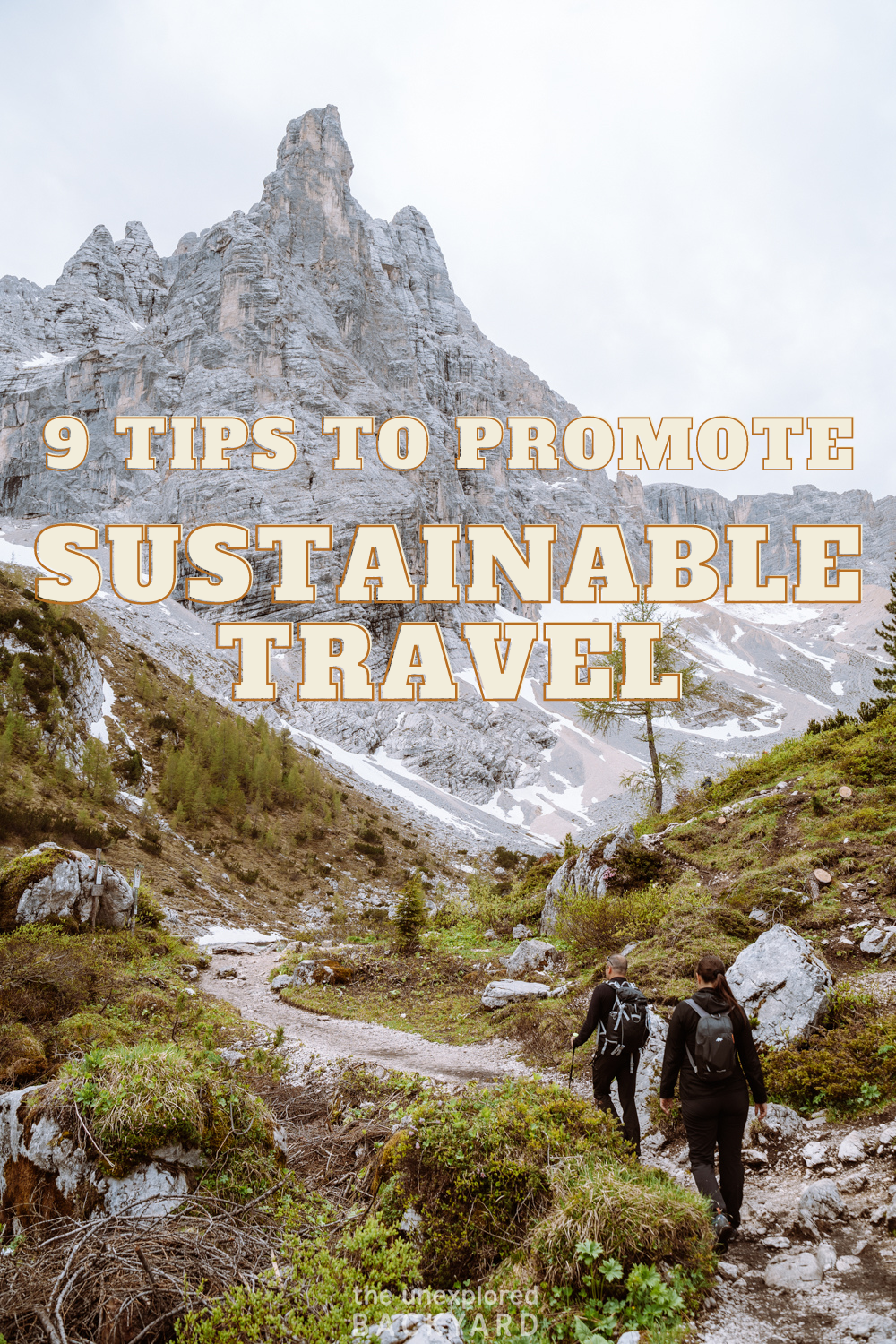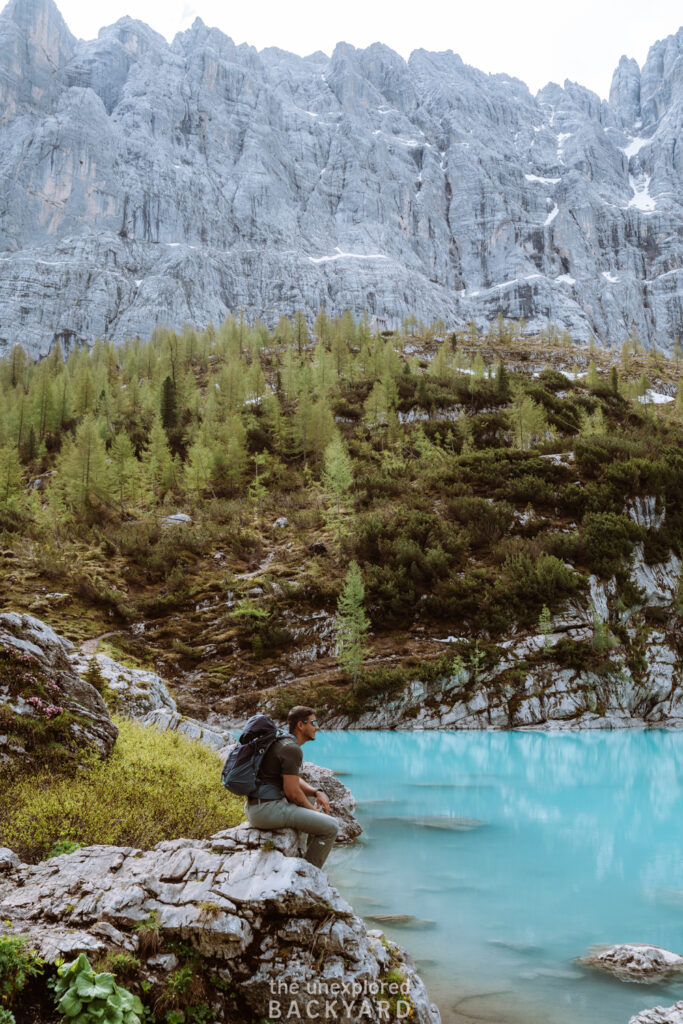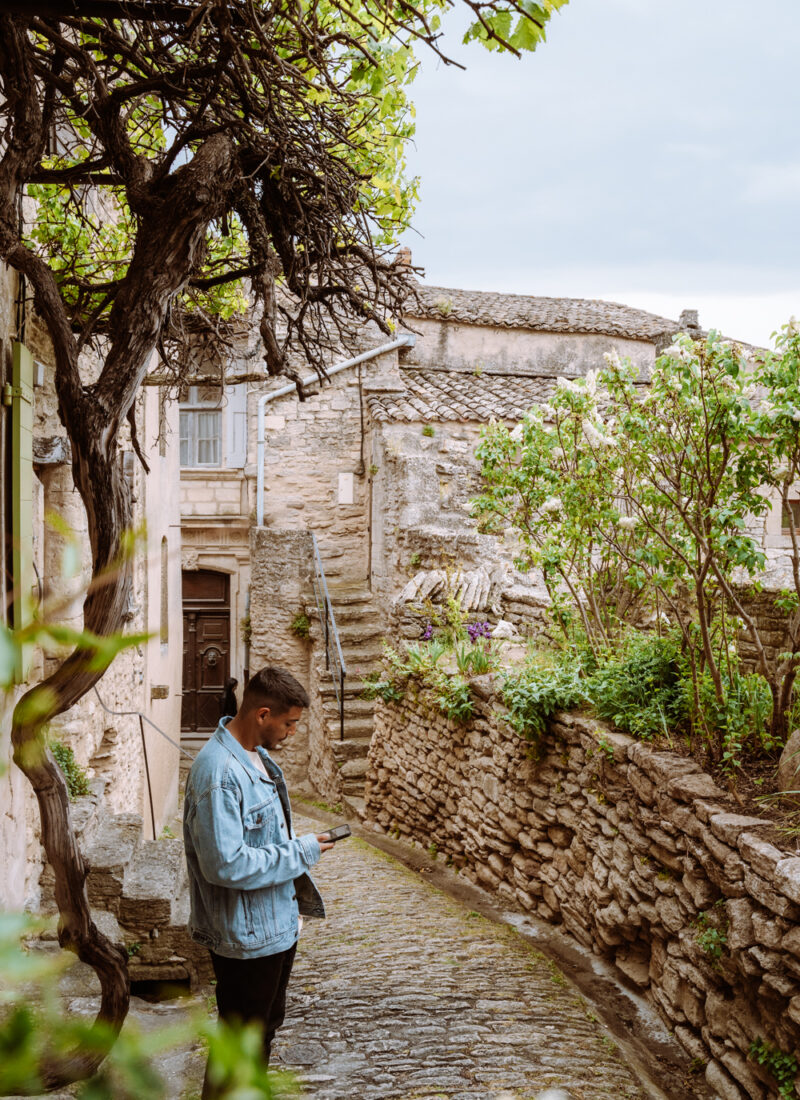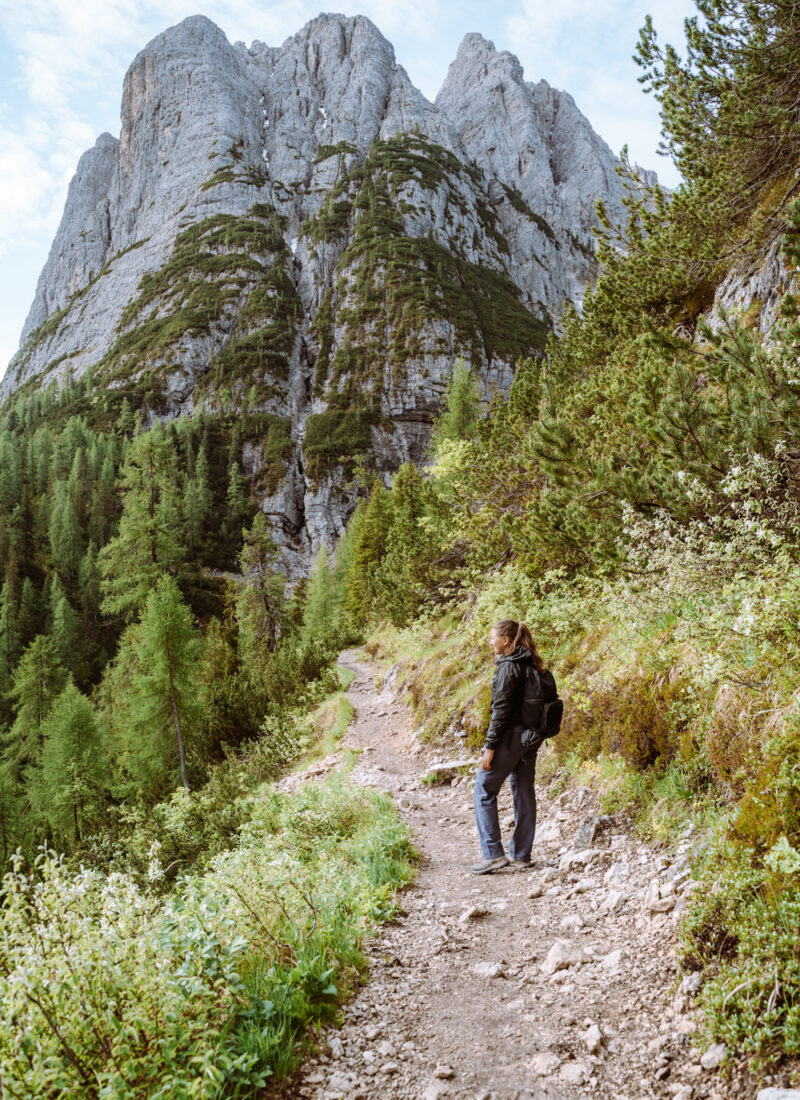This post may contain affiliate links. By purchasing through my links you can help support me at no additional cost to you, thank you!
Most people don’t want to inflict environmental damage while traveling but don’t know what to change. Here are 9 tips to promote sustainable travel with easy ways to take care of mother nature, without giving up on our travel plans.
Although most people will have heard the word sustainable more and more in the last few years, there tends to be a lot of confusion about what it truly means. I will define sustainability as something that can be maintained because this is essentially all there is to it. When talking about sustainable travel, it refers to the idea of co-existing with the planet. In other words, how can we keep on traveling, without harming the planet further?
Today, we are in the middle of the environmental crisis where we have much to achieve to be able to say we are living sustainably. However, I focus on travel, and therefore I will be giving you some travel tips. I will be focusing on ways we can travel more sustainably. All of these tips are fairly simple, and if they are done by many, can have a huge impact. Although some tips may be less convenient than others, try to see which you can stick to and do your best.
Sustainability looks different for others, and these tips are not the only ways to travel more eco-friendly. I suggest you use these tips as a starting point. If you are interested in this topic, please conduct further research and see what you resonate with the most.
This post is all about tips to promote more sustainable travel.
9 Tips To Promote More Sustainable Travel
1. Take Trains Instead Of Airplanes
The main point is to take as much public transport as possible, also instead of renting a car. While this is obviously not always possible, try to switch to public transportation whenever possible. It’s no secret that flying is one of the least environmentally friendly practices. Although this, there are lots of other environmental benefits from travel, so maybe we should simply reconsider our methods. As a general rule, try to use fast-speed trains to get to faraway locations within a country or between neighboring countries. This option will omit far less CO2 and you will not lose out on much time. Trains can often be more comfortable than planes, and if you take into account extra time at the airport for security checks, etc. it will take around the same amount of time.
Not only is using the public transport options better for the environment, but they are also the most cost-friendly option. While traveling around Europe for 3 months, we spent only 2 weeks with rental cars and didn’t fly once. This way we managed to save lots of money, and help our common goal of traveling more sustainably. This is not always possible, as there are no alternatives to long-haul flights, and some countries have poor public transport systems.
While traveling around Europe I highly recommend getting an Interrail pass. These passes offer great flexibility in your travels and make taking bullet trains much more affordable. Otherwise, I have also used RailEurope to book all other shorter regional trains, and have only had a good experience with them.
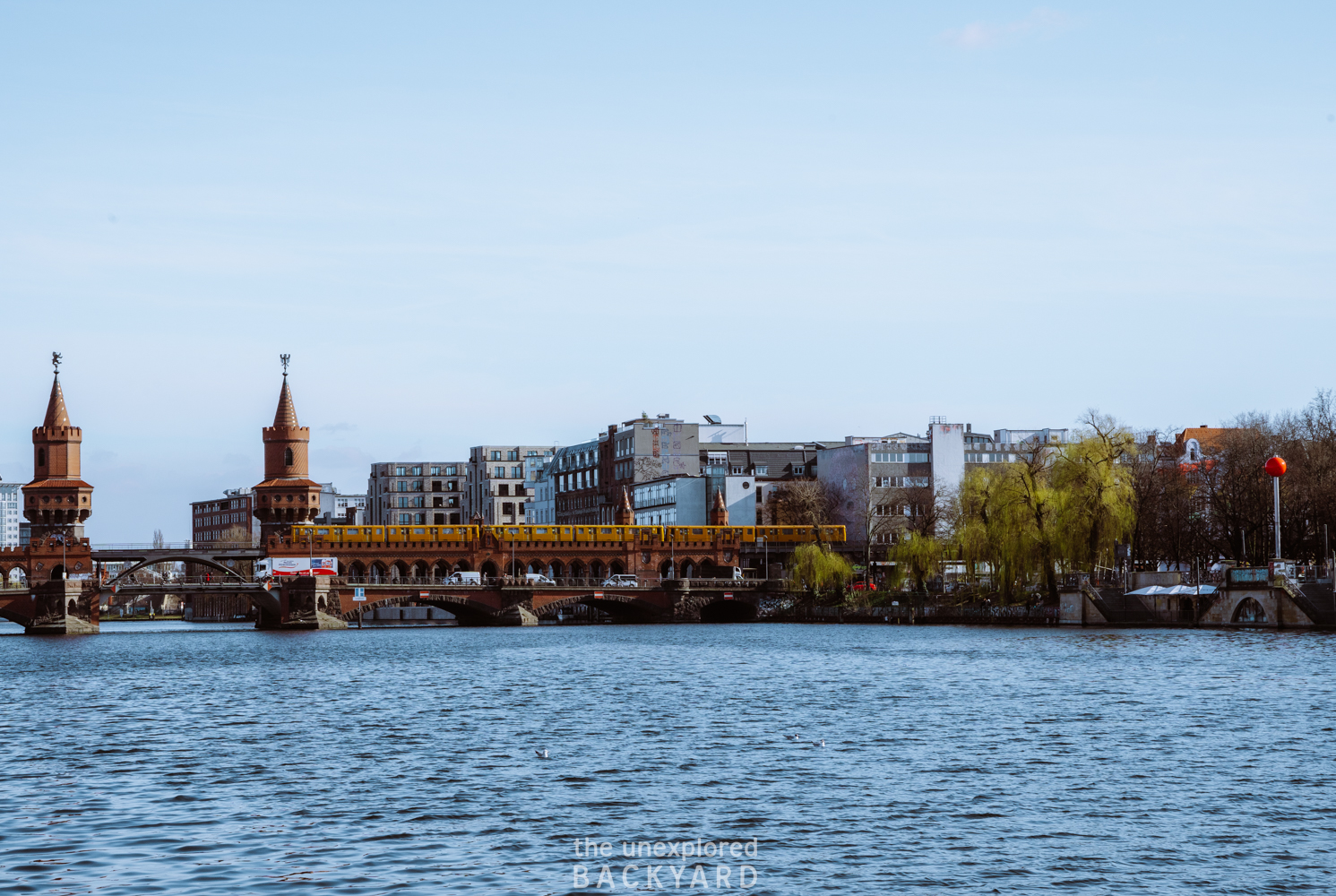
2. Sustainable Travel: Stay at Airbnbs
In the last few years, Airbnb has gotten a more positive image and is now seen as an attractive sleeping option by a wider audience. This company is great because it allows someone who has extra space in their home (such as a basement unit) to create a new and reliable income from it. In addition, the customers get a more affordable sleeping option. Personally, I find Airbnb to be extremely convenient as I can spend less on my stay and get more commodities for the price, such as a fully furnished kitchen where I can make my own meals abroad.
While traveling, we often spend so much time exploring our destination, that we use our hotel rooms solely for their bed. This is a steep price for a mattress, and renting with Airbnb gives you more value for your money. In addition, you are supporting the locals of your destination instead of spending your money on a chain branch that is not lacking.

3. Visit the Country Side
The most visited destinations are always the capital cities in every country. Yes, they tend to be fun places to explore because there is a lot going on. However, people often undermine how much beauty lies in the countryside. Consider the Amalfi coast (Italy), Provence (France), and Lofoten (Norway) regions. These regions are some of the most beautiful in the world, yet they lie far from the capital city. Visiting the rural areas of a country can have so many advantages:
- you get to experience the authentic life of the locals
- you get to uncover unique spots full of raw beauty
- you can contribute to the local economy in poorer districts of the country
Not only do you get a much more exciting experience, but you have a direct opportunity to support the local economy. Big cities such as London, Berlin, and New York make huge profits from tourism that they could live without. In contrast, small villages that have attracted tourism due to their natural beauty, often survive almost solely on the money the tourism industry brings in.
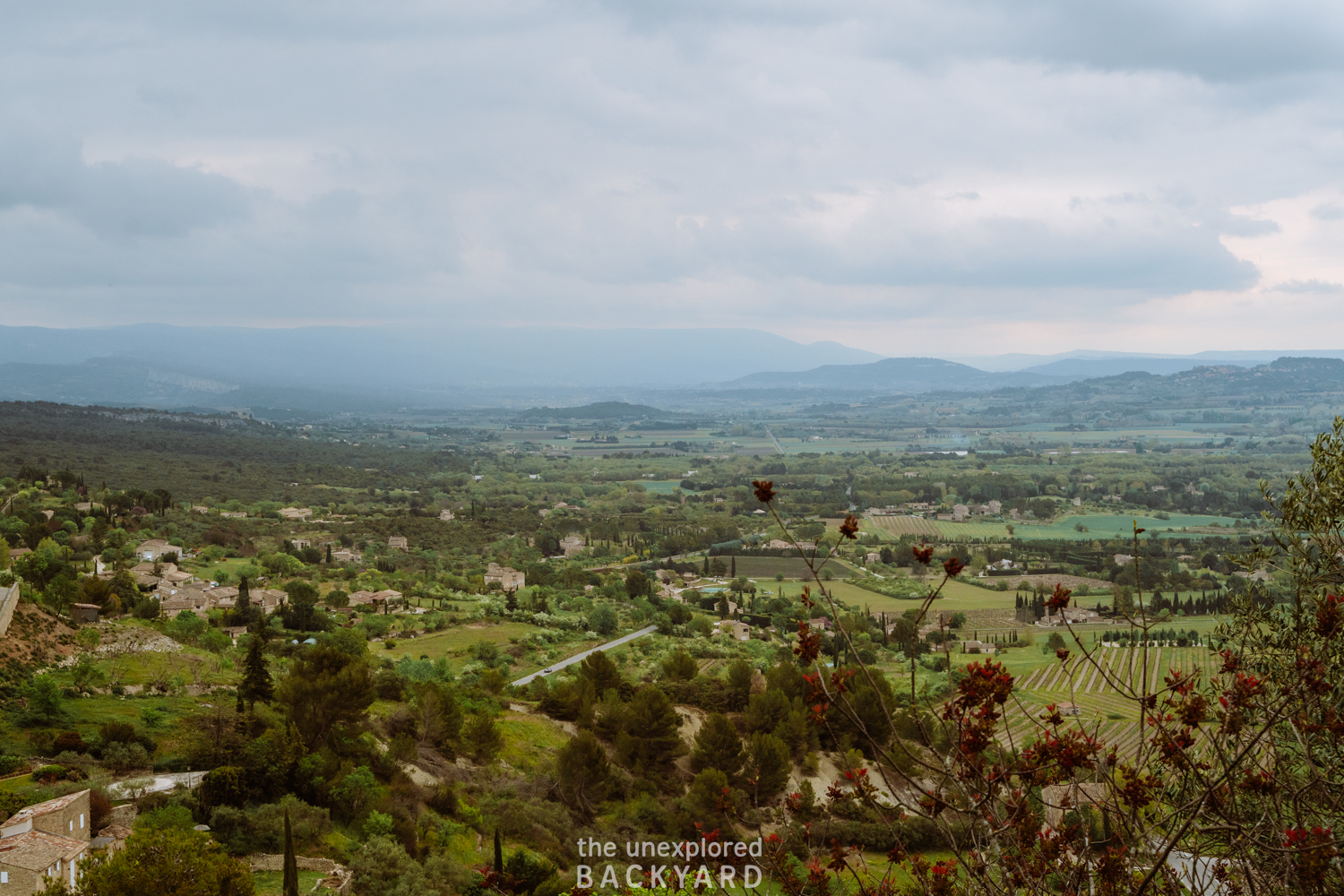
4. Get Touristy Souvenirs (at the right places)
This tip goes hand in hand with the previous one. Small towns which get a lot of tourists such as Cinque Terre, tend to have too many souvenir shops to count. However, this is because this is how they make most of their living. People’s income here directly depends on tourism. In such cities, there aren’t as many job opportunities and so locals must find other means to provide for their families.
This is a win-win scenario because who doesn’t love a small cliché memory from their travels? Just make sure to get it where it counts. 😉

5. Sustainable Travel: Buy Local Produce
Most countries still have local farmers’ markets happening on various days of the week. Not only are they usually a great place to enjoy a nice atmosphere, but also the perfect opportunity to pick up some fresh produce.
Instead of eating out at chain restaurants, go to a local produce market and pick up fresh ingredients to prepare a lovely dish at your Airbnb! Even if your accommodation place is not the most romantic dinner scene, you can always pack it up and go enjoy it somewhere beautiful. This way, you are both going to eat healthier, and once again support the local economy.
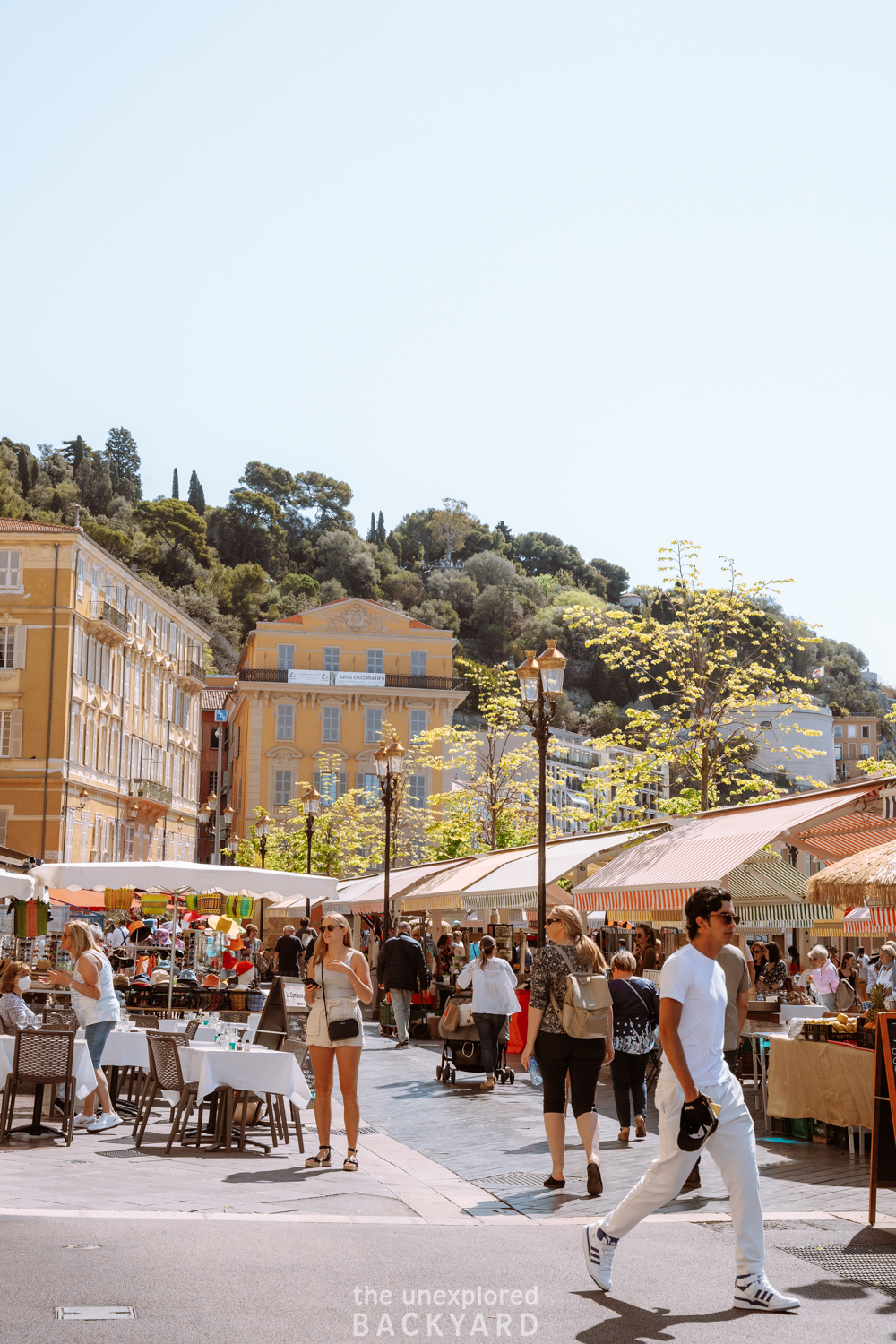
6. Support Vegetarian and Vegan Restaurants
We all enjoy eating at a nice restaurant once in a while. Even then, we have the option to support a more sustainable option such as dining in a vegetarian or vegan restaurant. Once again this has several advantages:
- These restaurants are usually owned by locals and thus you support the local economy
- Vegetarian and vegan food is more sustainable as meat is the leading pollutant in the agriculture industry
- It is better for your health
While this is not everyone’s ideal dining setting, any 1 meal contributes towards the world’s total meat consumption. Therefore, I encourage you to make the switch whenever you can, as this does not have to take an all-or-nothing approach.
7. Sustainable Travel: Bring Reusables
My absolute best tip for sustainable travel is a fairly simple one. Bring a reusable ANYTHING! Specifically, a water bottle, cutlery, and a lunch box per person. I believe that this is the bare minimum. For example, while we traveled we even had a small cutting board and a knife to be able to cut a salad anywhere. I think this is by far the best way to travel as you can save lots of money on eating out by preparing lunch on the go. In addition, on hikes, you may not always be able to find dining spots, so having a reusable box with you will always solve this problem. 😉

8. Leave Nature Cleaner Than When You Arrived
This tip is a great one if you love the outdoors. Try to leave nature cleaner than when you arrived. Other than obviously not leaving any of your own trash behind, try to help pick up other trash you may find. A great way to do this is by tying a plastic bag to one of your backpacks. This way you can easily pick up the trash others have carelessly left behind without needing to stop every few minutes. Depending on where you travel, this can soon become a heavy load to carry, so simply pick up what you can and try to encourage others to do the same.
Pro tip: bring some hand sanitizer to avoid getting sticky hands.
9. Use Reef Safe Sunscreen
The fact that most sunscreens are actually harmful to the ocean is unfortunately not as well known as it should be. In the past few years, lots of evidence suggests that some of the most prominent chemicals in sunscreen are bad for coral reefs. This is because these chemicals can disrupt their reproduction and growth development. In addition, some chemicals can also lead to the bleaching of hard corals. This is extremely easy to avoid as you simply need to buy reef-safe sunscreen. A lot of advertising tactics can make it look like the sunscreen is harmless but make sure to check the ingredients behind it.
The two key ingredients to avoid are Oxybenzone and Octinoxate.
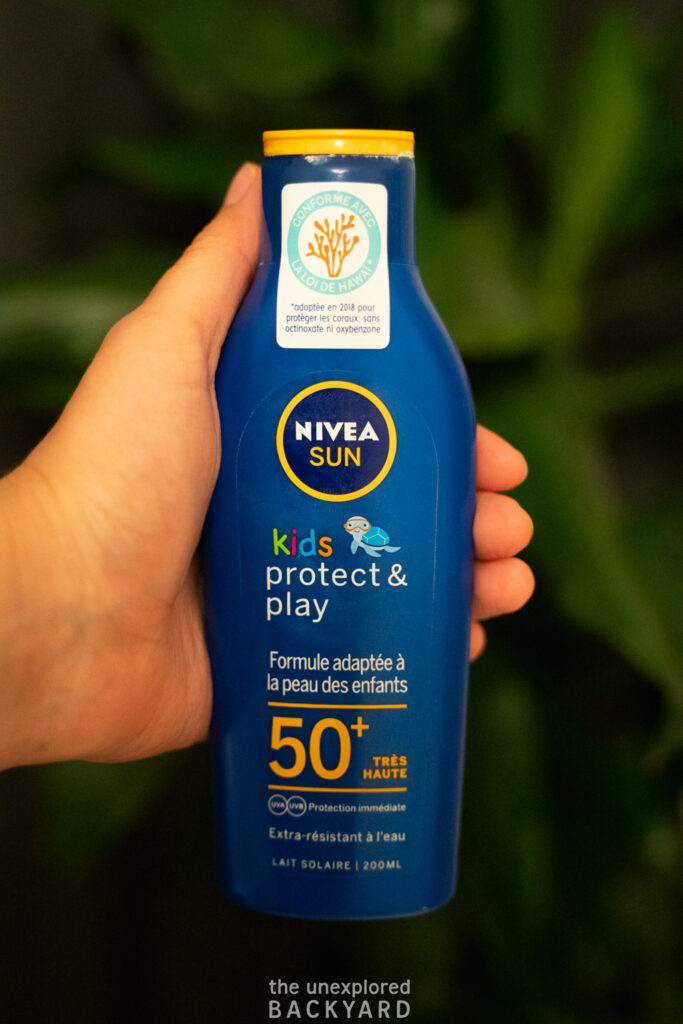
Overall, these tips may seem more attainable for some than others, I encourage you to look at this post as a guideline. No one is perfect, and we may compromise some of these tips for comfort sometimes. The main goal is to consider our environmental impact while traveling. If we all try to implement as many of these tips as possible, then together we can have a larger impact. In addition, I highly encourage you to do your own research for more tips on sustainable travel.

